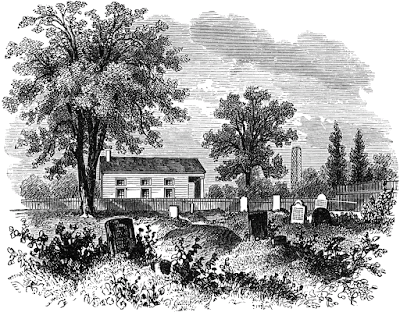This is a book that any student of the American Revolution War should read. It is not a fun, entertaining read, but a read that will reward you with a deeper understanding of how the army operated and did not operate because if its logistical problem. What the book makes clear is how much influence logistics had on British operations and plans. Much of the movements or lack of movement of British forces in the war are often attributed to poor generalship. A deeper look into logistics can generally account for a lot of what and why and how it happened.
The scope of the British logistics effort was amazing. I believe it was one of if not the largest overseas operations until either the Crimean or the world war. The majority of military supplies, food stuff, fodder, and equipment issued to the armies was supplied from across the Atlantic Ocean. This explains the lack of deep maneuver away from the ocean and the rivers by the British. Locally they harvested firewood, though rarely with out escort and loss.
The book is divided into seven major sections. The author starts by describing the British logistical organization. He goes into the problems that that organization and the operational units it supported faced. Conflicting data, poor communications, and the lenghth of time required to send messages back and forth across the Atlantic. London did not seem to realize how much wastage occurred due to poor food quality, poor packaging, uncertainties of sea travel in the age of sail, poor storage in the colonies, and further losses ashore in getting the landed supplies to where the troops actually were. The population was much more disaffected than the Britiish government believed. Supply was only possible when areas were under the British army's direct control. The battle for provisions both locally collected and transported proved a constant drain on British manpower. Not only did having to provide escorts and fight off attacks waste and fatigue manpower but this type of thing also seasoned American troops and boasted their self-confidence.
I, for one had not realized how close the British were to being unable to feed their army in 1779. They scraped by but had difficulty throughout the war in amassing the reserves necessary to support campaigns away from coastal ports. Bowler states that for the seventy-nine months of conflict (Lexington-Yorktown) the army had the desired six months reserve it thought necessary for only twenty-three of those months.
The fifth section deals with the curruption and graft that occurred within the supply organization. This section could have been shortened and still made its point that these who were "gaming the system." These activities increased the overall cost of the war, lessened efficiency, and provided incentives to supply inferior products at quality prices. One has only to look at Archibald Robinson‘a journal to see this A poor engineering officer he was in charge of obtaining wagons for supplies. Early in his journal he complained about his financial situation At the end of his memoirs there is a wonderful picture of the grand mansion he had built after the American war!
The section on the "Northern War" was one of the most interesting to me. Canada was handled separately from the colonies. It includes an analysis of the poor logistical planning for Burgoyne's campaign in 1777. It was supplies and logistics which doomed the expedition and also showed his little Burgoyne or London understood things in America. Either political or especially geography.
The conclusion was excellent and sums up the changing British strategies during the course of the war and the pervasive influence of supply matters. It is worth having the book just for this last section. The author states that you can not lay the failure of the British to win in the American War on the altar of logistics alone. But he does make a great case for how significant a role it did play in the outcome.










.jpeg)


.jpg)
.jpeg)



